I don't know if it's common, but in contrast to Dave Tweed's answer, at least according to Wikipedia some SWR meters are built using directional couplers, just as you say.
Before we start, I'm not sure if you have a slight misconception about what's going on:
How are the forward and reflected waves separated out from the standing wave on the feeder?
The forward and reflected waves aren't distinct from the standing wave. The "standing wave" is just what we observe when we have a forward-travelling wave and a reverse-travelling wave superimposed on each other.
Now, for the benefit of future readers, what is the standing wave ratio or SWR? It's basically the ratio of the peak amplitude to the trough amplitude as you move a probe along a transmission line. It's given by
\$ VSWR = V_{max} / V_{min} \$
The max and min voltage amplitudes occur when the forward and reverse waves interfere with each other either constructively or destructively.
\$ V_{max} = V_f + V_r \$ and \$ V_{min} = V_f - V_r \$.
So
\$ VSWR = (V_f + V_r) / (V_f - V_r) \$,
or, to get closer to our usual formula for calculating the VSWR:
\$ VSWR = \frac{1 + V_r / V_f}{1 - V_r / V_f} \$.
So how can we extract the separate waves to compare them? The directional coupler is actually conceptually very simple. If we put two waveguides or microstrip lines (or PCB traces) carrying rf signals close enough to each other, some of the evanascent wave in the transverse direction (orthogonal to the line) will overlap with the propagating mode of the other line, and so some power will be transferred from the main signal to a parallel-travelling signal on the "coupled line".
 (CC image by SpinningSpark at Wikipedia)
(CC image by SpinningSpark at Wikipedia)
Unfortunately expressing this mathematically actually requires solving the 2-d transverse electromagnetic field problem for the transmission line structure, which can't even be done analytically for many important structures (like microstrip line).
Most of the power will simply continue to propagate in the same general direction it had been, so that naturally the forward-travelling wave is coupled to just one of the output ports, and the reverse-travelling wave is coupled to the other. Of course, there are also some reflections that happen at the discontinuities in this structure, so that the directional coupler can't have perfect directivity.
Also, if you look up directional couplers on Wikipedia, you'll see there are numerous other types beyond the simplest one I've shown here, and various tricks to enable the coupled-line coupler to operate over more than a small frequency band.
 (CC
(CC